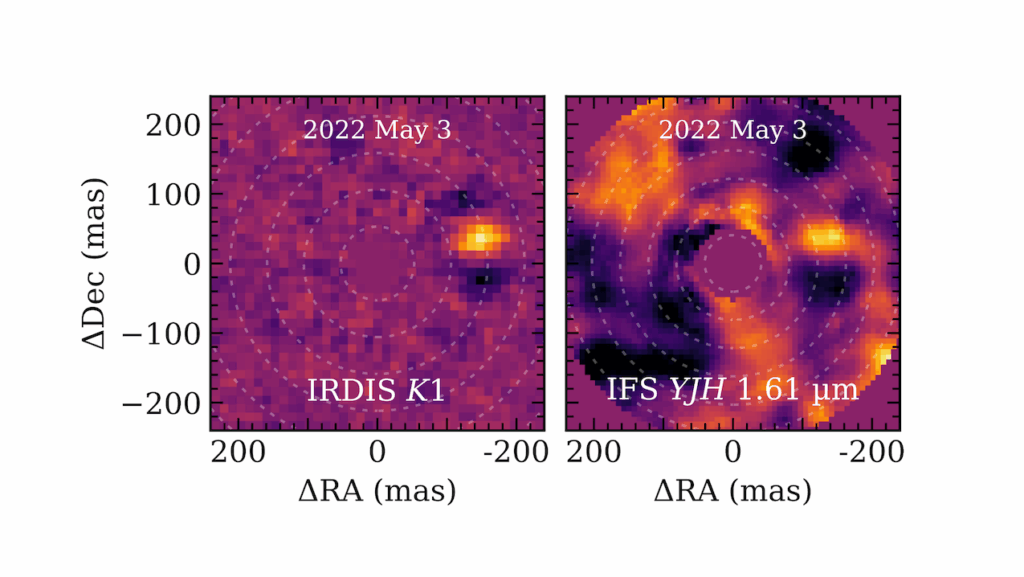Physical Parameters and Properties of 20 Cold Brown Dwarfs in JWST

We present a comprehensive analysis of 20 T and Y dwarfs using spectroscopy from the NIRSpec CLEAR/PRISM and MIRI LRS instruments on the James Webb Space Telescope. To characterize the atmospheric parameters, we utilize two atmospheric model grids: the Sonora Elf Owl and ATMO2020++.
The effective temperatures derived from the two models are relatively consistent, and metallicities are both close to solar values. However, significant discrepancies are found in other parameters, particularly in surface gravity, with the values obtained from the Sonora Elf Owl models typically being about 1 dex lower than those from the ATMO2020++ models.
Further comparisons using the ATMO2020 models highlight that the adiabatic convective process introduced in the ATMO2020++ models has a significant impact on the determination of surface gravity. Using the fitted effective temperatures and absolute parallaxes from the literature, we derive radii for the brown dwarfs, which range from approximately 0.8 to 1.2 RJup.
The estimated masses and ages, derived using evolutionary tracks, indicate that most brown dwarfs in our sample have masses below 30 MJup and are younger than 6 Gyr. Specifically, Y dwarfs have masses ranging from 2 to 20 MJup and ages between 0.1 and 6.7 Gyr.
In addition, We discuss the determination of atmospheric parameters using only NIRSpec or MIRI spectra. Comparisons with results from the combined spectra show that the effective temperatures and surface gravities derived solely from NIRSpec spectra are largely consistent with those obtained from the combined spectra.

The spectra of various objects with spectral types spanning from T6 to ≥Y1. The wavelength range is from 0.95 to 12 µm, with main bands of molecular feature listed at the top (same colors indicate the same molecules). The spectral fluxes are normalized at the peak of 10.2 µm. — astro-ph.SR
Zhijun Tu, Shu Wang, Jifeng Liu
Comments: 31 pages, 14 figures, accepted for publication in ApJ
Subjects: Solar and Stellar Astrophysics (astro-ph.SR); Earth and Planetary Astrophysics (astro-ph.EP)
Cite as: arXiv:2409.19191 [astro-ph.SR] (or arXiv:2409.19191v1 [astro-ph.SR] for this version)
https://doi.org/10.48550/arXiv.2409.19191
Focus to learn more
Submission history
From: Zhijun Tu
[v1] Sat, 28 Sep 2024 00:35:34 UTC (2,004 KB)
https://arxiv.org/abs/2409.19191
Astrobiology, Astronomy,








